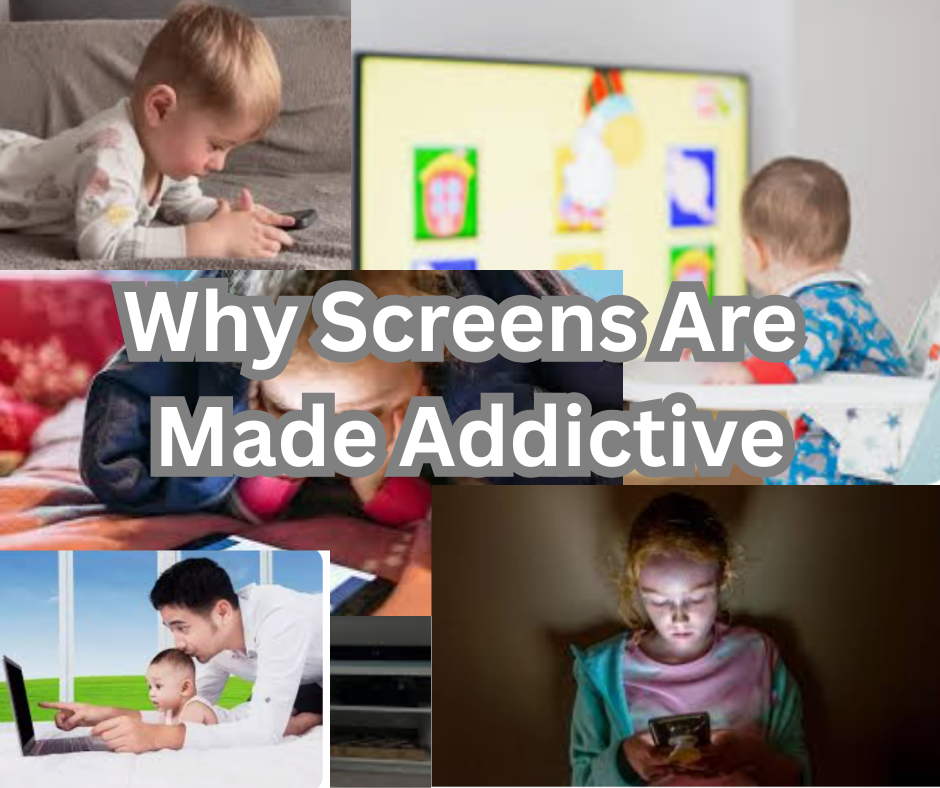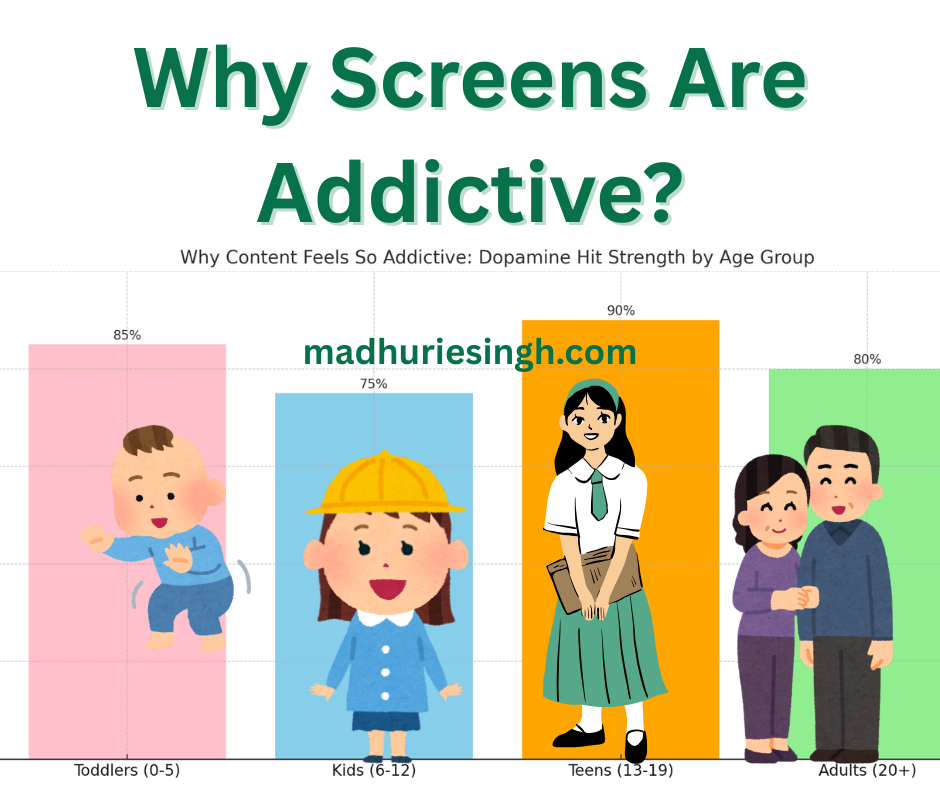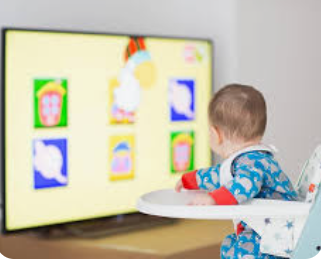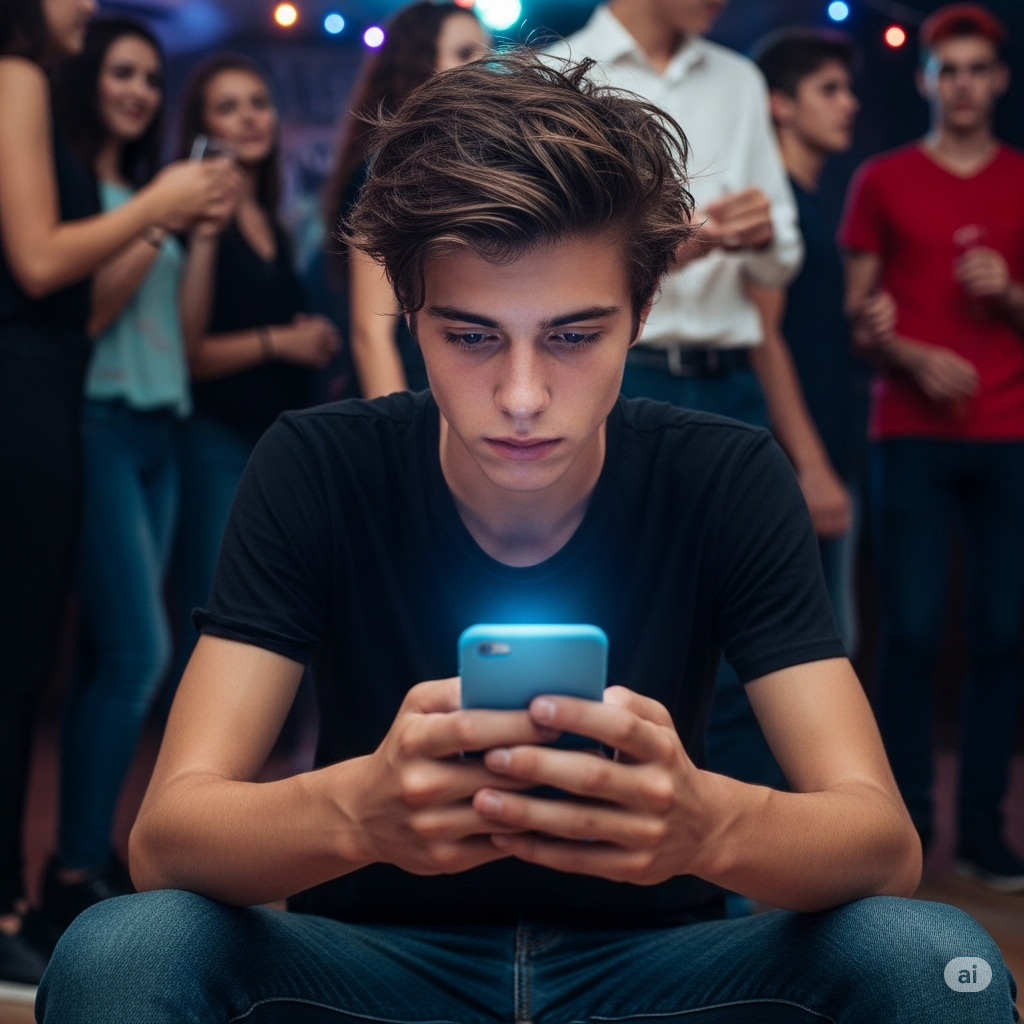Why Screens Are Made Addictive — Even for Adults
By Madhurie Singh, July 03, 2025

💬 Real Parent Voices About Screen Addiction
- “My daughter can’t eat unless Peppa Pig is playing. I didn’t realise the scenes change every second.”
- “I realised I was watching Netflix while yelling at my son for watching YouTube. The hypocrisy hit me.”
- “My 9-year-old knows more YouTubers than real people.”
- “My teenager son plays online games for hours without feeling hungry or sleepy.”
Here’s a bar chart visualising how addictive screen content is designed to stimulate dopamine differently by age group:

- Toddlers respond strongly to bright visuals and sound patterns (e.g., Cocomelon).
- Teens are the most sensitive due to emotional and social triggers (e.g., serials, reels).
- Adults experience high dopamine from bingeable content (e.g., Netflix).
How Screens Are Made Addictive by Content Creators — From Cocomelon to Netflix
Audio of How Screens Are Made Addictive
🧩 Introduction: It’s Not Just Random Fun — It’s Engineered to Hook You
You’re watching your toddler giggle endlessly to Cocomelon. Your teen’s eyes haven’t blinked in 45 minutes while binge-watching yet another K-drama. And you? Well, just one more episode on Netflix… sounds familiar?
Let me tell you something shocking. These aren’t accidents. Your screen habits—and your child’s—are being engineered by the world’s smartest minds to become habits… and then addictions.
They Know Your Child Better Than You Do
As a parent, you may think you control your child’s screen time. But behind every cartoon your toddler watches, every reel your teen scrolls through, and every Netflix show you binge, there’s an invisible army at work.
An army of psychologists, behavioural scientists, digital marketing MBAs, audio-visual storytellers, and AI engineers, all focused on one goal:
“How do we keep this human — big or small — watching just a little longer?”
You’re not just watching content. You’re being studied by it.
The Psychology of Hooking Attention: Designed, Not Discovered

Social media and streaming giants don’t rely on luck or talent. They engineer attention. They hire:
- Cognitive psychologists to decode how the human brain responds to sound, colour, surprise, and rhythm.
- UX designers and neuro-marketers to make apps so smooth that your fingers tap without conscious thought.
- MBAs from Ivy League schools who use consumer behaviour data to build emotional purchase and viewing patterns.
- AI engineers who feed your reactions into machine learning models to predict and manipulate your next move.
This isn’t a conspiracy — it’s capitalism. Attention = money. And your child is the currency.
👶 Toddlers and Cocomelon: Addiction in Diaper Years?
Let’s take Cocomelon, one of the most-watched YouTube channels for toddlers.
Here’s what content experts do to make it addictive:
🔁 Scene Transition Every 2–3 Seconds
Toddlers’ attention spans are underdeveloped. Frequent scene changes train the brain to crave novelty, making normal books or toys feel boring.
They make toddlers watch their videos, and the moment the eyes of toddlers shift to another action, they remove that boring piece and replace it with a more attention-grabbing piece, second by second!
🎵 Repetitive, Predictable Music
Songs like “Wheels on the Bus” are looped in predictable tones. This stimulates dopamine release and builds pleasure circuits.
🌈 Oversaturated Colours and Round Shapes
The use of bright, unrealistic colours (think bubblegum pinks and neon blues) targets the visual cortex, keeping kids visually engaged even without understanding.
🔬 Research Insight: A 2022 study published in JAMA Paediatrics confirmed that high screen exposure in toddlers leads to delayed cognitive processing and impulsive behaviour by preschool age.
🧒 Kids and Shorts/Reels: Swipe. Laugh. Repeat.

Children aged 6–12 are the sweet spot for social video addiction.
Content creators on platforms like YouTube Shorts and Instagram Reels:
- Use fast-paced transitions with punchline ends
- Include child influencers for relatability
- Use clickbait thumbnails with exaggerated expressions
And every time your child watches a short, the algorithm learns:
- How long they watched
- Which expression held them
- What topics triggered replay
🎯 Based on this, the platform creates a custom dopamine pathway for your child.
👀 They don’t just serve what your child likes. They serve what will keep them watching.
🧑🎓 Teens and Serials: Emotional Engineering 101

Teenagers are the most emotionally vulnerable demographic.
Content like anime, K-dramas, and teenage dramas (Euphoria, Stranger Things, etc.) are built with character arcs that mirror adolescent experiences — identity, rejection, social drama, rebellion, love.
🎬 These shows follow The Emotional Hook Formula:
- Create a character that feels misunderstood
- Show them succeed after emotional struggle
- Insert romance, betrayal, and suspense
- End every episode on a cliffhanger
This formula is based on psychological archetypes, not fiction.
💡 Did you know? Netflix uses AI to test multiple versions of a show’s thumbnail based on your age and gender. You may see the same show differently than your child — because it’s customized to your psychology.
👩 Adults and Netflix: Binge Brain

You’re an adult. You should be able to stop watching, right?
But binge culture is not a flaw. It’s a feature.
Netflix and similar platforms:
- Use auto-play countdowns to eliminate pause opportunities
- Structure series in “emotional chunks” — usually 3 episodes = 1 complete arc
- Invest in background score engineering that keeps you emotionally alert
Add to that:
- Push notifications timed to your viewing habits
- “Because you watched…” suggestions
- AI-curated “Continue watching” rails
🔬 Neuroscience shows that the dopaminergic reward system lights up during suspense — and doesn’t shut off until the plot resolves. That’s why one episode is never enough.
🔄 Why Your Brain Can’t Quit
When you’re exposed to engineered content repeatedly:
- Dopamine is released in bursts during surprise, resolution, humor, or validation.
- Over time, your brain adjusts by lowering natural dopamine levels.
- This creates a dopamine-deficit state — now you need more stimulation to feel normal.
Your brain says:
“That first episode felt amazing. The fifth one barely moved me. Let’s find something crazier.”
This is addiction by design.
💻 Data Science Behind the Magic
Every app or platform your child uses collects and analyses data like:
- Scroll speed
- Reaction emojis
- Pause length
- Volume changes
- Even which parts of the screen they tap
Using this, companies:
- Test 20+ content variations before launch
- Optimise thumbnail, music, word choice, and visual style for engagement
- A/B test colours that trigger specific age responses (pastels for toddlers, neon for teens)
This is not unethical—it’s just advanced consumer psychology. But when aimed at children, it becomes a moral gray zone.
🧘 Ancient Indian Wisdom: Rishi Vishwamitra’s Distraction
Even Vishwamitra — the great sage — lost his focus when celestial temptress Menaka distracted him during meditation.
The lesson?
Even the wisest can fall when their senses are tempted with exactly what they long for.
Modern platforms are your child’s Menaka — tailored distractions for their age, longing, and weakness.
📖 Shloka from Bhagavad Gita
“इन्द्रियाणि पराण्याहुरिन्द्रियेभ्यः परं मनः।”
Bhagavad Gita, Chapter 3, Verse 42“The senses are superior, but the mind is higher than the senses.”
Modern science agrees — until children learn to control their attention, they will be controlled by those who know how to manipulate it.
Is There No Way Out? No Solution for Screen Addiction To Screen De-Addiction?
If there is anything man-made, there has to be two sides for humans to face. The good and the ugly. The white and the black. The bright and the dark. Since humans can never think beyond their narrow bandwidth, they fall into the trap of whatever they create, but they also have to power to come out of the trap.
🛠️ What Can Indian Parents Do?
Join The Trusted Parents Whatsapp Group Here
Fill The Google Form To Connect With Madhurie Singh or Join the Trusted Parents Circle
Join The Screen De-Addiction Course Here
✍️ About the Author
Madhurie Singh is India’s leading education and parenting expert, a school reviewer, computer engineer, Sanskrit scholar, and founder of Trusted Parents. Through ancient wisdom and modern science, she helps parents raise mindful, values-driven children in a digital-first world.






Login is required
Don't have an account? Sign Up